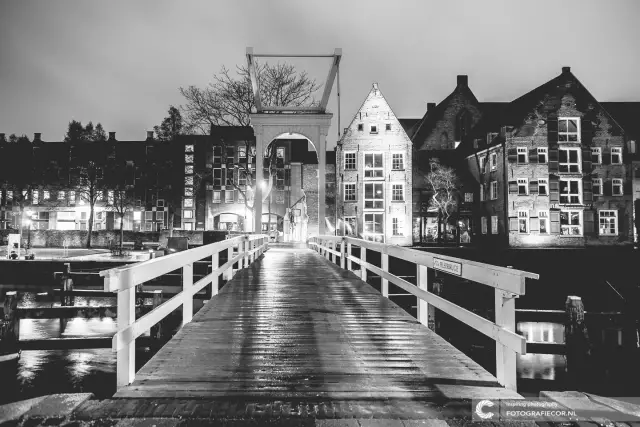Exposure is the time interval during which light is exposed to a section of the photosensitive matrix or material to impart an appropriate exposure to it. Or, in simpler terms, this is the amount of time your camera opens to capture light. With the right shutter speed, you can take stunning artistic photos. And in general, exposure control opens up a lot of possibilities for the photographer.
Necessary
camera
Instructions
Step 1
Find Tv and S modes - shutter priorities - in the camera menu. This means that you yourself set the shutter speed manually, and the camera itself selects the aperture value.
Step 2
Take a short shutter speed. For example, 1/125 of a second. This type of shutter speed is usually used for photographing dynamic scenes, sports events and fast-moving objects. However, when using a fast shutter speed, it is recommended to use a tripod to eliminate the possibility of a blurry shot. The optimal fast shutter speed without using a tripod will start at 1/100 sec. With this value, the camera will have time to take a sharp shot, despite the shaking of the hands (absolutely all people have their hands shaking). The faster the shutter speed, the faster the camera's shutter is released.
Step 3
Try taking pictures of flying birds at 1 / 500th or faster. But consider the lighting (the less it is, the darker the frame). Indoors, it is better to use a flash at a fast shutter speed to get a clear and high-quality shot.
Step 4
Set a slow shutter speed. Take a shot in low light (indoors at dusk or at night). This is the so-called "creative" exposure, because it produces interesting "magic" shots and unusual effects.
Step 5
Try taking a photo of pouring rain at a shutter speed of ¼ and you'll end up with solid, parallel lines in the frame. And these photos look very nice and interesting. A prerequisite for using long exposures is a tripod. Without it, all efforts will go down the drain, and there will be no pleasure from the shooting process.
Step 6
Remember the main rule - the longer the shutter speed, the longer the camera matrix will work, and the longer it will work, the more it will heat up, and accordingly, the more it heats up, the more noise it will generate. So do not indulge in long exposures often.






